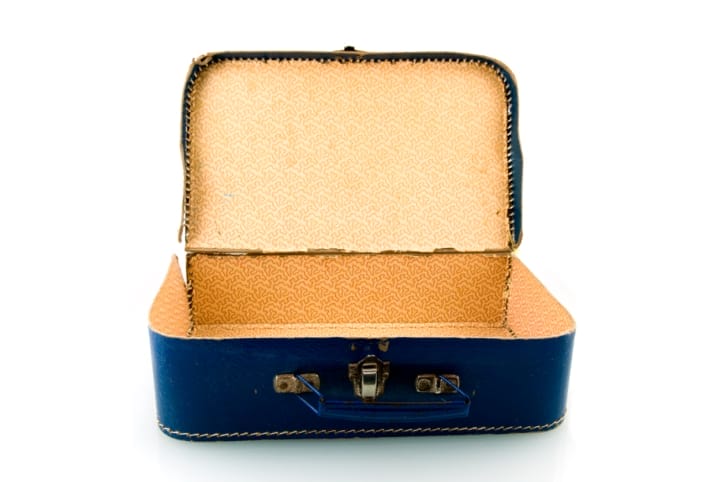Imagine you are a customer service representative for a reputed luggage manufacturer. You get a call from a retail dealer about a customer who has three eight-year-old suitcases that carry your brand. The dealer confirms they have a design flaw with the straps, which affects their aesthetics but not their function. The suitcases still have two years left on the 10-year warranty. The customer has the warranty cards and original price tags, but not the receipt. She wants to know if the suitcases can be repaired because she is afraid they might become unusable later. Unfortunately, that model is discontinued, so no repairs or replacements are possible. You, the service rep, inform the customer. Because the suitcases are still working well and have only cosmetic damage, she does not press the matter, although she is clearly disappointed. She thanks you for trying anyway and hangs up. What’s next?
If you are working for Samsonite, you feel bad leaving a customer disappointed. You call the customer again and offer to replace her old suitcases with brand new ones of a similar kind. She tells you she is leaving the country in three days, will be gone for many years and doubts she could get them in time, but she chooses a similar model from your catalog. Unfortunately, the local dealer does not carry it. You call your warehouse in Jacksonville, FL, to order three new suitcases, only to be told that due to Hurricane Gustav, the warehouse is closed. Undaunted, you ask a colleague for help, and to everyone’s amazement, the co-worker makes it to the warehouse despite storm warnings, grabs three suitcases and somehow manages to ship them overnight. The customer gets her new suitcases the day before the long journey, completely unexpectedly. You even tell her to keep the old suitcases because they are already packed. When the customer is stammering to figure out how to thank you, you just say, ”It is my job. Thank you for being a Samsonite customer. Have a safe flight and enjoy your stay in India.”

One customer service rep in a lone cubicle could make or break your brand with a given customer.
This actually happened to us in late August 2008, as we were moving to India from our home in Portland, OR. We were speechless. My wife was driven to tears, feeling guilty for expressing her disappointment earlier and causing them so much trouble—even going so far as to risk their lives.
Businesses plaster their customer values all over the place. They exhort their employees to “delight the customer.” We don’t know if Samsonite actually does this and if our story was just an isolated case of exemplary customer service by a couple of employees. For us, however, that rep and her colleague are the unseen faces of Samsonite, something that no snazzy advertisements featuring celebrity brand ambassadors with beautiful faces can ever match.
We wrote down the name of our Samsonite genie, but lost that piece of paper. I wish I could somehow convey to her how she and her colleague turned my wife into a Samsonite fanatic. If you still can’t believe that an employee has the power to turn a customer into a brand fanatic, just try bad-mouthing Samsonite in front of my wife.


























